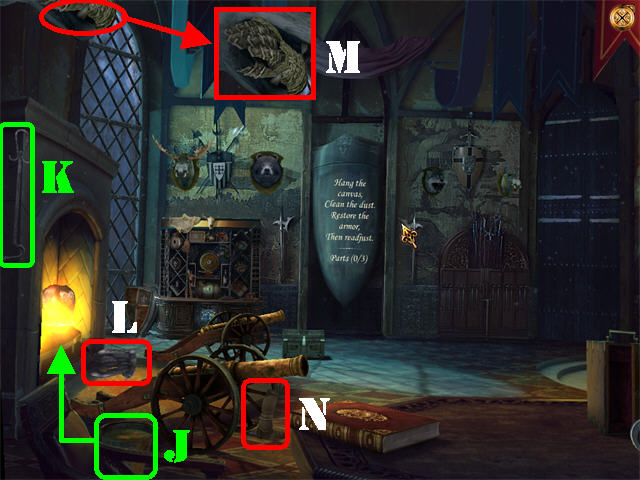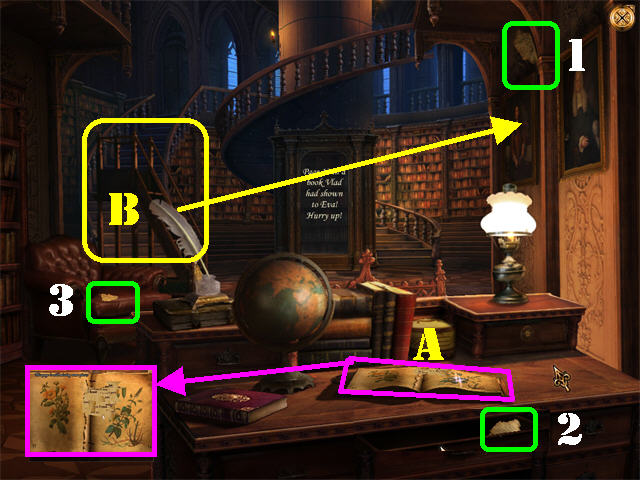

Connections: Steve Leialoha (1981) and Bill Sienkiewicz (1982) 10 April 2022įollow Ragged Claws Network on Tags Agatha Christie Alex Nino Alex Toth Al Williamson Andre Norton Andrew Loomis Arnold Lobel Arthur C.Look Here, Read: “Knight Errant” by Roy Kinnard and Mike Saenz.Look Here: Four novels by Thomas Burnett Swann with cover art by George Barr.Look Here: One lovely painting by Daina Graziunas 20 June 2022.


We were satisfied with that, but it wasn’t nearly enough. It had nothing going for it except talent - at least that’s what we told ourselves. It was a teeny-tiny book in black and white. But I think we turned out some of the most charming stuff that’s ever been done. We were carried away by our talent and camaraderie and went ahead with HUMBUG anyway. It totally ignored fundamental business sense. It was a disaster because it wasn’t a realistic effort at all. KURTZMAN: HUMBUG was an attempt to work with 15 cents and publish a sensitive cartoon satire magazine. WASSERMAN: TRUMP was a super-slick effort, obviously intended to be well-financed. And in our subsequent drunken state, we decided to carry on and we came out with HUMBUG. I was sitting with Jack Davis and Al Jaffee and Harry Chester and Arnold was the only one who could think constructively.

Arnold Roth was the only one who kept his head about him. We all sat around the day after TRUMP was dropped… wondering whether to slash our wrists. KURTZMAN: HUMBUG was a very sentimental undertaking. Wasserman published in the fanzine Inside Comics #2 (Summer 1974), Kurtzman explained how Humbug came into being and why, in his view, the project was fatally flawed from the first: However, unlike the fine folks at Fantagraphics, who clearly didn’t have the original artwork for “Cigar Store Indian, 1957,” on hand when they produced their magnificent tribute to the genius of Harvey Kurtzman and his co-conspirators at Humbug, Kurtzman and Davis would have been painfully aware what sort of damage the dodgy reproduction of Humbug #4 had inflicted on the gag on page three. The loss of crucial detail is nowhere more obvious than on the plinth of the statue, which actually contains a lot more text - text that is integral to the joke that the drawing is intended to convey - than was visible to the readers of Humbug (see above), or even to the readers of the two-volume, slip-cased Humbug reconstruction that was published by Fantagraphics Books in 2009. In the reproduction, however, the ink has sunk into the cheap paper to such an extent that Davis’s linework is made to appear a lot more heavy handed that it really is, with carefully designed tonal values congealing at the darker end of the scale into unintended masses of inky blackness. In the original, Davis’s precisely crosshatched shadows are alive with atmosphere and reflected light. What is immediately evident when one compares the two images above is how much detail was “lost in translation” from the original artwork to the printed page. Lee phoned him about a month later, after the two had cooled down, and Steranko would return to produce several covers for Marvel from 1972-73. After much conflict, Steranko either quit or was fired. Lovecraft, and devised his own title for the story. Lee had rejected Steranko’s cover, and the two clashed over panel design, dialog, and the story title, initially “The Lurking Fear at Shadow House.” According to Steranko at a 2006 panel and elsewhere, Lee disliked or did not understand the homage to horror author H. Its creation had led to a rift between the celebrated Steranko and editor Lee that caused Steranko to stop freelancing for Marvel, the publisher that had showcased his highly influential work. 1969), won a 1969 Alley Award for Best Feature Story. “At the Stroke of Midnight,” Steranko’s lead story in the premiere issue (Sept. Here’s how the incident is described in the “Tower of Shadows” page at Wikipedia: Needless to say, Steranko was not pleased with what he viewed as Lee’s picayune editorial busywork. The title - “At the Stroke of Midnight!” - was also a Stan Lee imposition. The one with the couple staring wide-eyed at you, the reader, as they recoil, screaming, from an unseen horror, was designed and illustrated by Steranko specially for the inaugural issue of Tower of Shadows but was (in)famously rejected by editor Stan Lee in favour of a far more pedestrian effort by John Romita, et al., that featured a goofball portrait of the magazine’s host, Digger, in the upper left-hand corner.


 0 kommentar(er)
0 kommentar(er)
